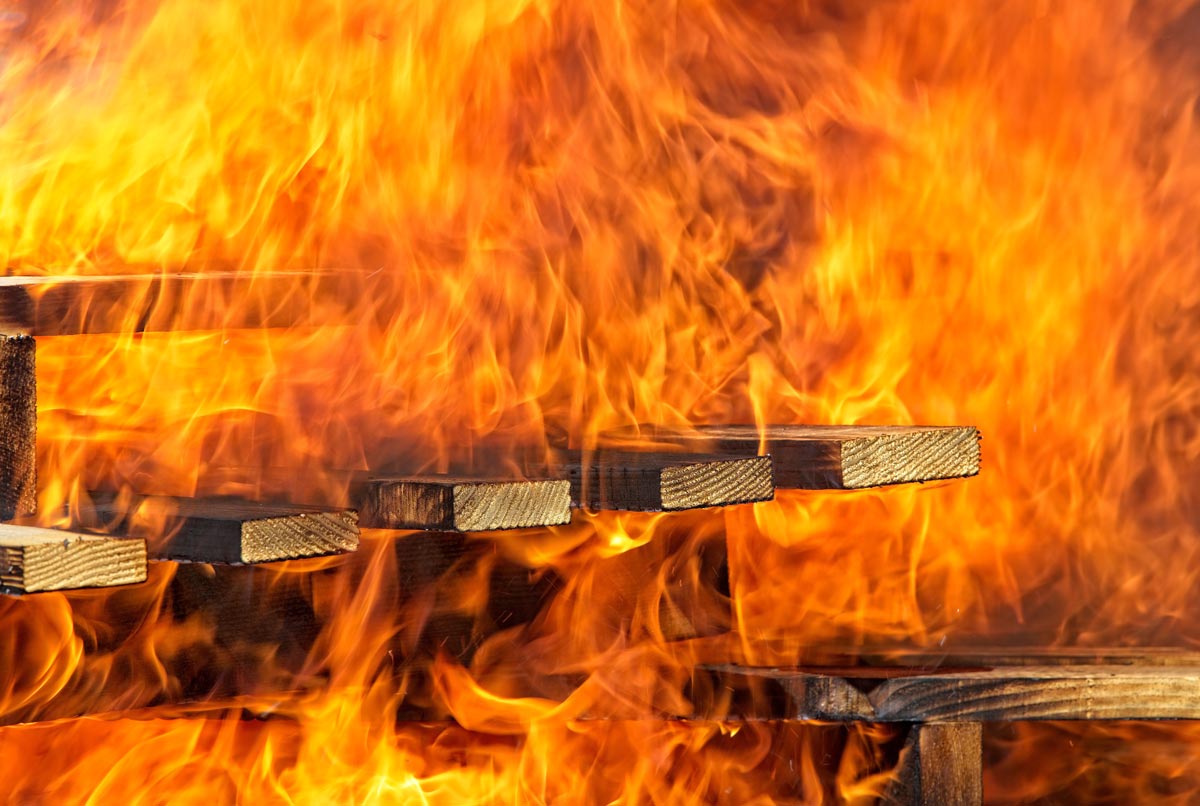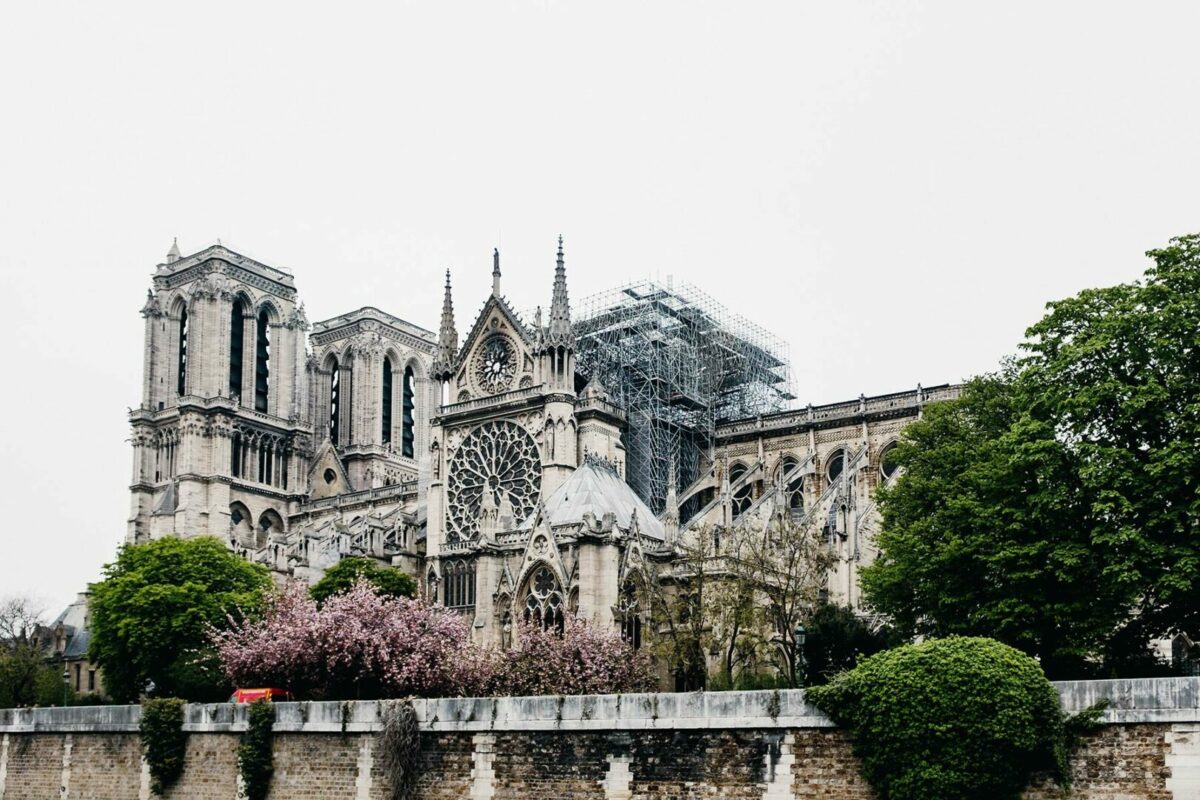The fire at Notre-Dame de Paris cathedral on April 15, 2019 has revived the debates concerning the use of wood in structure and in facing of buildings, whether they are of medium height (IMH) or of high height (IGH ). It is passive fire safety of buildings, whatever they are, that comes back to the center of the discussion.
The Paris cathedral was attacked by a burst of fire at the level of the frame of its spire, and naturally the millennial oak wood which constituted it is pointed. However, it is clear that this 850-year-old wooden frame has fulfilled its structural role under the stress of the fire.
“Despite a spectacular spread linked to the wind and the draft that generate fires of this type when they are not circumscribed quickly, the framework of the cathedral fulfilled its function of fire stability, since the first collapses of structural work took place more than an hour after the fire was detected. This delay made it possible to evacuate and secure the entire public, which is the primary objective in fire safety “, underlines the Director of the ECSB design office Gaëtan Genès.
Jean-Baptiste Aurel, Wood Expert and founder of Woodenha, also adds: “The robustness and the sections of the frame certainly allowed a longer integrity of the whole structure during the disaster and a fairly impressive post-disaster result; the mass of wood that eventually collapsed was also lightened considerably by combustion. It’s a whole different story in the event of a fire in buildings where the frame is incombustible and whose collapse displaces considerable masses. ”
These elements remind us that wood is one of the building materials with excellent natural fire resistance, which can in some cases be further improved with specific intumescent varnishes. What about the reaction to fire (capacity of a material to ignite and propagate a fire) of wood, and of building materials in general?
Promulgated at the end of 2018, the Elan law aims to strengthen fire safety in IMH and IGH. In particular, it is a question of measuring and regulating in more depth the effects on the propagation of fire of thermal insulation systems from the outside (ITE) and of constructive systems of facades. The ITE is a calorie trap, and confines them inside the building in the event of a fire. During an interview for Batiactu, the Ministry of Territorial Cohesion and Relations with Local Authorities specifies that the idea is not to exclude a specific material, but rather all the materials likely to cause propagation fast and uncontrollable fire. Both for ITE systems and facade cladding, the public authorities will not close any doors to construction systems until proof of good fire performance has been provided.



